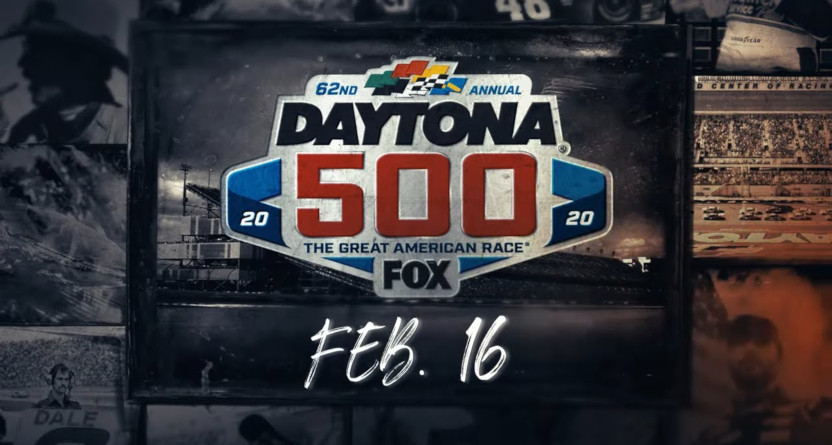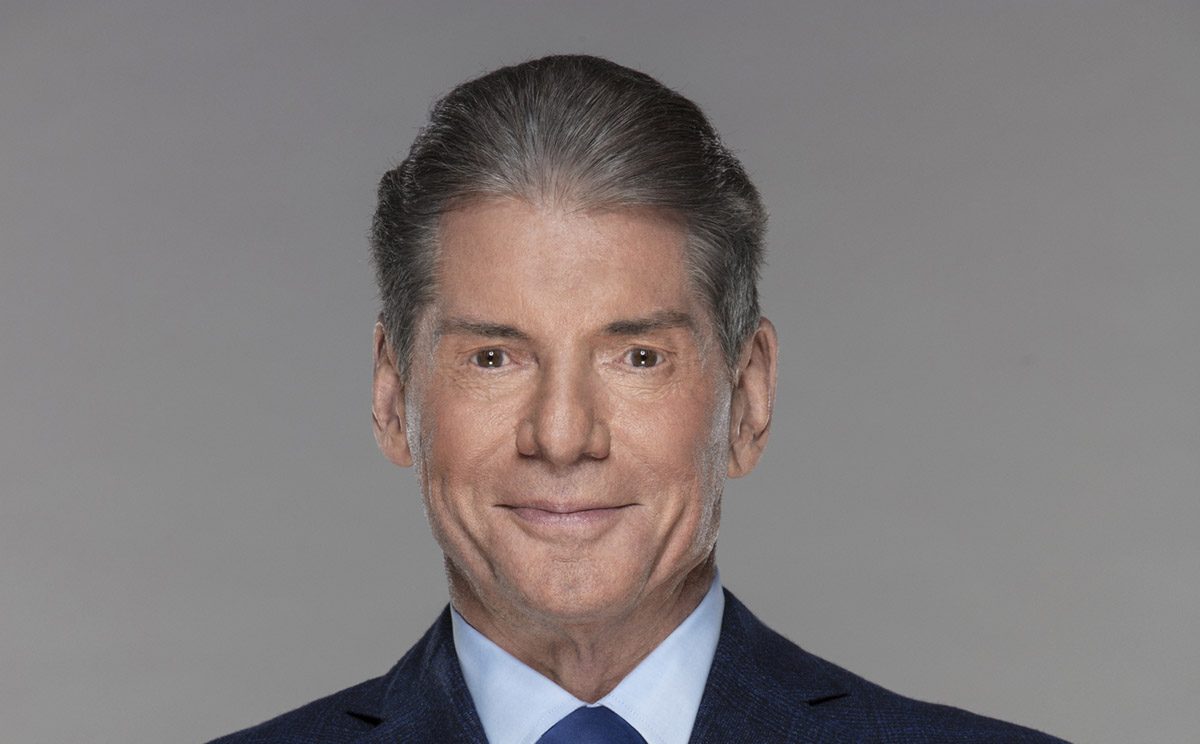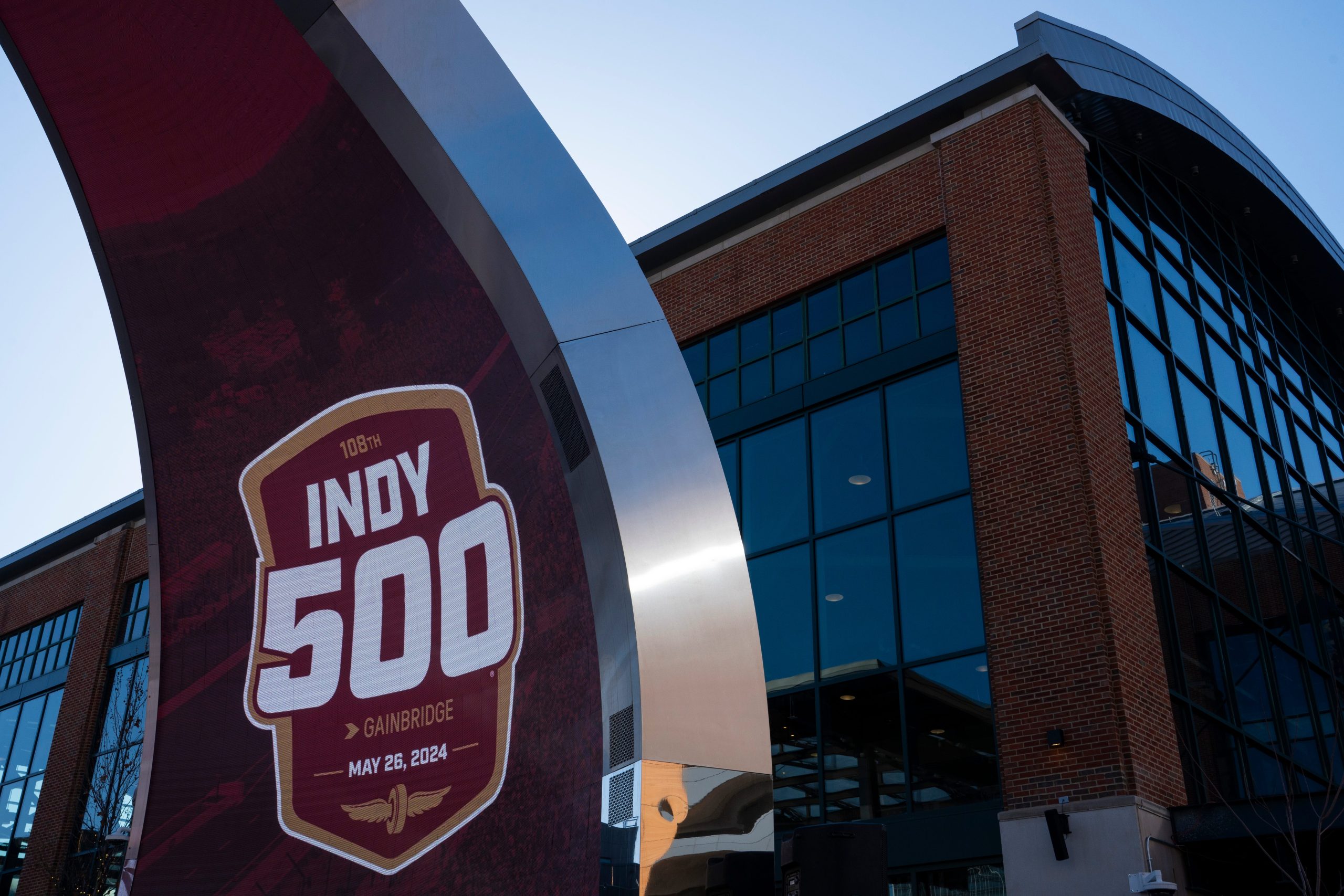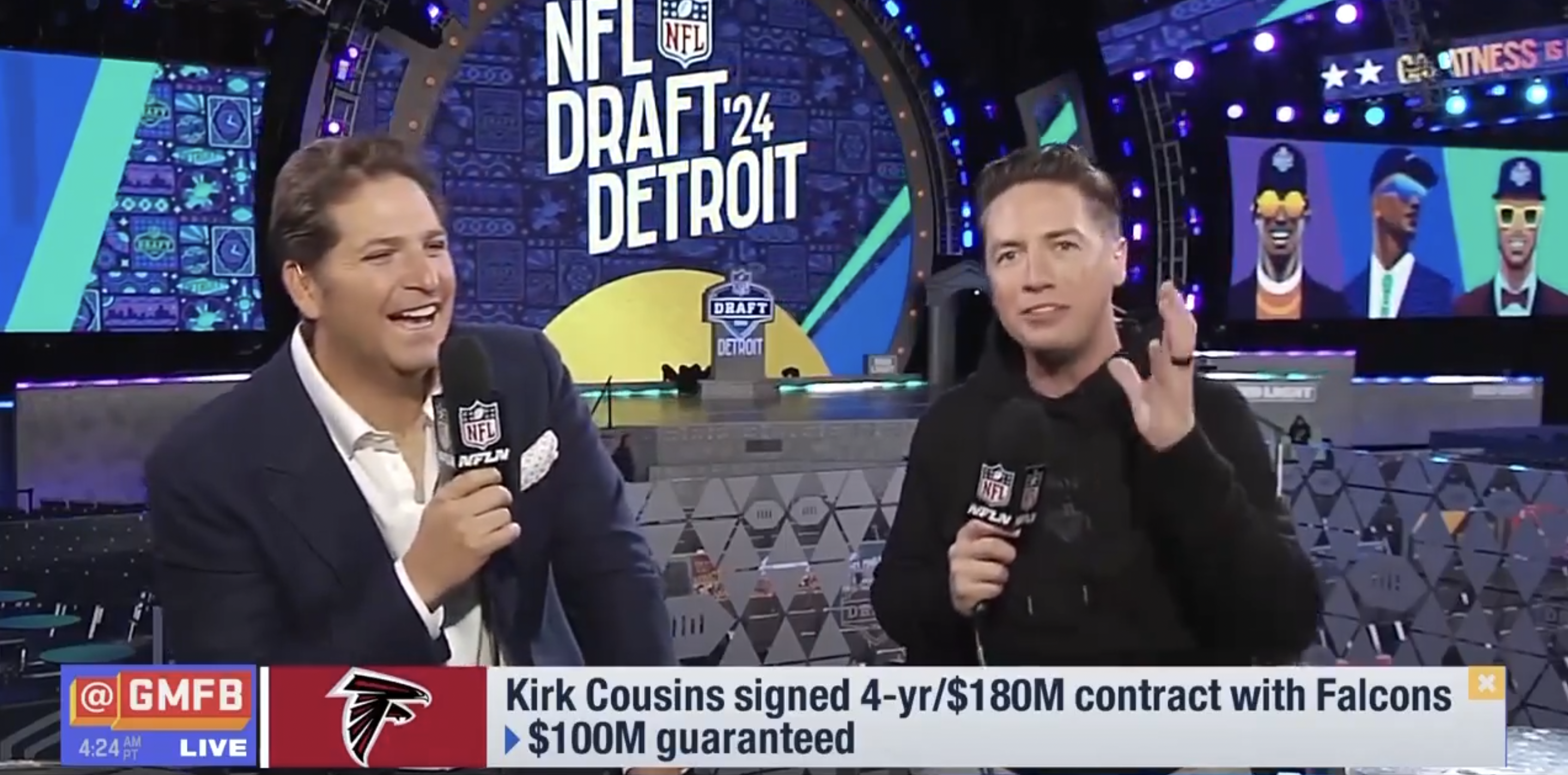PART ONE: How Fox’s first Daytona 500 broadcast in 2001 came together.
PART TWO: What was different about NASCAR on Fox?
PART THREE: Coverage of Dale Earnhardt’s death in the 2001 Daytona 500.
PART FOUR: Looking back at some memorable Daytona 500 races.
PART FIVE: How Fox’s NASCAR coverage has changed in recent years.
PART SIX: Looking at 20 years of NASCAR on Fox, and what’s ahead.
Fox’s NASCAR coverage has changed a fair bit in the past few years, particularly with Jeff Gordon joining the group in 2016, McReynolds moving to a separate strategy-focused role that year, Waltrip retiring after the 2019 season, and McReynolds heading to the virtual studio in Charlotte beginning last year. McReynolds said that looking back at the last race he did from the booth with Waltrip and Joy in 2015, it didn’t feel that different from their previous years of coverage.
“I’d go back to the last race that we did together in the booth, which would have been 2015 at Sonoma. Quite honestly, I can’t tell you that felt a whole lot different, that last race of the fifteenth season as it did the first race of the first season. I think our friendships grew. But it had that special feeling and that chemistry. And I think that’s one reason we did something that was unprecedented and that’s having three guys stay together in a booth for 15 years and remain teammates through the end of last year, with me playing a different role. I can’t say that there was a substantial difference from day one of year one to the final race of 2015.”
McReynolds said shifting to a different role in 2016 was challenging at first, but he was determined to make it work.
“Well, I’ll be the first to tell you it was scary. But Robert Yates taught me when I was crew chief for his race team, and I’ve tried to follow by this philosophy ever since then, actually from a professional standpoint and a personal standpoint, to be the person or the group of people that embraces change and looks at that change and says ‘I don’t know if this is going to be good or I don’t know if it’s right, I’m going to take it, I’m going to make it good, I’m going to make it as good as I possibly can.’ And when they came to me and let me know that starting in 2016, I would still be an analyst, but I was going to move to my own little booth, and I was going to be more of a strategy/rules interpretation/penalties/technical terms guy, it was going to be more of that role, when they told me that I could have rebelled, I could have kicked and snorted and been negative about it, but there’s a good chance you and I wouldn’t be having this conversation right now because I probably wouldn’t still be there. I made myself believe with all my heart that I’m going to take this role change and I’m going to make it good, I’m going to make it something special, and I feel like that mission was accomplished.”
Joy said it made sense for Fox to pick up Gordon, and combining Gordon and Waltrip led to a lot of fun for him. But that’s now going to lead to some changes this year, with just him and Gordon in the booth.
“Then in 2016, Jeff Gordon becomes available, and that’s a huge get to have a four-time champion who’s just out of the race car and has the currency and the enthusiasm that Darrell had in 2001. So we move Larry to a strategy position, Jeff came into the booth with Darrell, and I think some of their playful disagreement was really fun. Certainly when you have drivers from different eras, you’re certainly going to have different points of view and different experiences to draw from. So for three years, that’s been a tremendous amount of fun.”
“You can’t just replace a Darrell Waltrip, there are few drivers with his success and his enthusiasm and certain level of humor, that’s very rare. Even in football, you’ve got Terry Bradshaw and you’ve got everybody else, and Darrell operates at the Terry Bradshaw level, he’s telling you what you need to know, he’s having fun doing it, and you hope you’re having fun too. In NASCAR, I see very, very few outsized personalities like that even on the horizon. So the answer to all that is that you don’t replace them. And for the first time since, I think someone said 1982, which was Ken Squier and David Hobbs for CBS, we’re going to have a two-man booth calling the Daytona 500.”
Joy (seen above with Gordon) said a two-man booth brings some further challenges, but they’re ready for those.
“I think a lot more falls on both Jeff and my shoulders. Because in a three-man booth, when two people are talking, somebody else is gearing up for where they want to lead the telecast. In a two-man booth, you don’t have that luxury. So it’ll be a higher level of preparation and maybe a bit more storytelling. We do have the studio to rely on, where Larry Mac has his cutaway car and all of his analytical tools, and Jamie McMurray in the studio brings that freshness of just having raced these cars and will be able to look at the telecast from 10,000 feet while we’re breaking down the laps as they happen.”
“And they can go back and review things that have happened at a little more leisurely pace than we can do. Also, we’ve got Regan Smith on pit road, he joins us full-time, and Regan raced these cars last year, so he’s going to be invaluable. We’re going to make more use of all of our people because of a two-man booth. And also, we’re going to let the telecast breathe; these cars make a great noise, fans deserve to hear a good bit of that. And as I’ve been watching over the past six months, it is easy to bury a race in constant commentary, and we want to try to not do that.”
McReynolds said shifting from the track to a studio role last year added further challenges, but he was ready for those.
“And then of course last year, heading into 2019, they came to me and said ‘We’re going to put you in the virtual studio in Charlotte. You’re still going to play the same role, you’re just going to be at a different location, you’re not going to be at the track.’ It was the same deal again, it was scary. It was probably even scarier than the change from 2015 to 2016. But it was the same thing again, I said ‘I’m going to embrace this, I’m going to make it good, I’m going to make it special,’ and I feel like that the mission was accomplished.”
And McReynolds said he’s excited about Daytona coverage this year, especially with Fox’s continuity on the production side.
“It’s special to know we’re headed there as a team to cover our 17th Daytona 500, because the first six years it alternated back and forth between NBC and Fox, but in our 20th year, and to know that so many of our team, we’ve been together all 20 years. On the broadcast side, Mike Joy, Matt Yocum, myself, and so many of the production group, Barry Landis, our producer, Artie Kempner, our director, Pam Miller, our pit producer, to know we’ve been together for 20 years…we took a picture after the Sonoma race (in 2019) of everyone who had been there since Day 1, and oh my gosh, it was almost too many people to fit in the shot. It makes me very proud to know that I’ve spent a third of my life with NASCAR on Fox and I hope I’m there for many more years to come.”
Joy said that production continuity has been key to their success.
“It gives me a great sense of calm and trust. Our executive producer, Richie Zyonts, just produced the Super Bowl for Fox, has been there since [the beginning]. Our director, Artie Kempner, I pretty much know where Artie is going with the visuals based on what happens because of working with him with him for 19 years. Barry Landis, our producer, has been there for the 19 years, and he’s been in the producer seat for the last 13, and he also did the Super Bowl for Fox; he and I have a tremendous relationship and trust, and we’re very good friends. And Larry Mac and I used to be all but next-door neighbors and are terrific friends. So when you work with people you like and people you
trust and people you have a long history with, there’s a whole lot less things to worry and concentrate on aside from doing the best possible telecast. ”
PART ONE: How Fox’s first Daytona 500 broadcast in 2001 came together.
PART TWO: What was different about NASCAR on Fox?
PART THREE: Coverage of Dale Earnhardt’s death in the 2001 Daytona 500.
PART FOUR: Looking back at some memorable Daytona 500 races.
PART FIVE: How Fox’s NASCAR coverage has changed in recent years.
PART SIX: Looking at 20 years of NASCAR on Fox, and what’s ahead.








